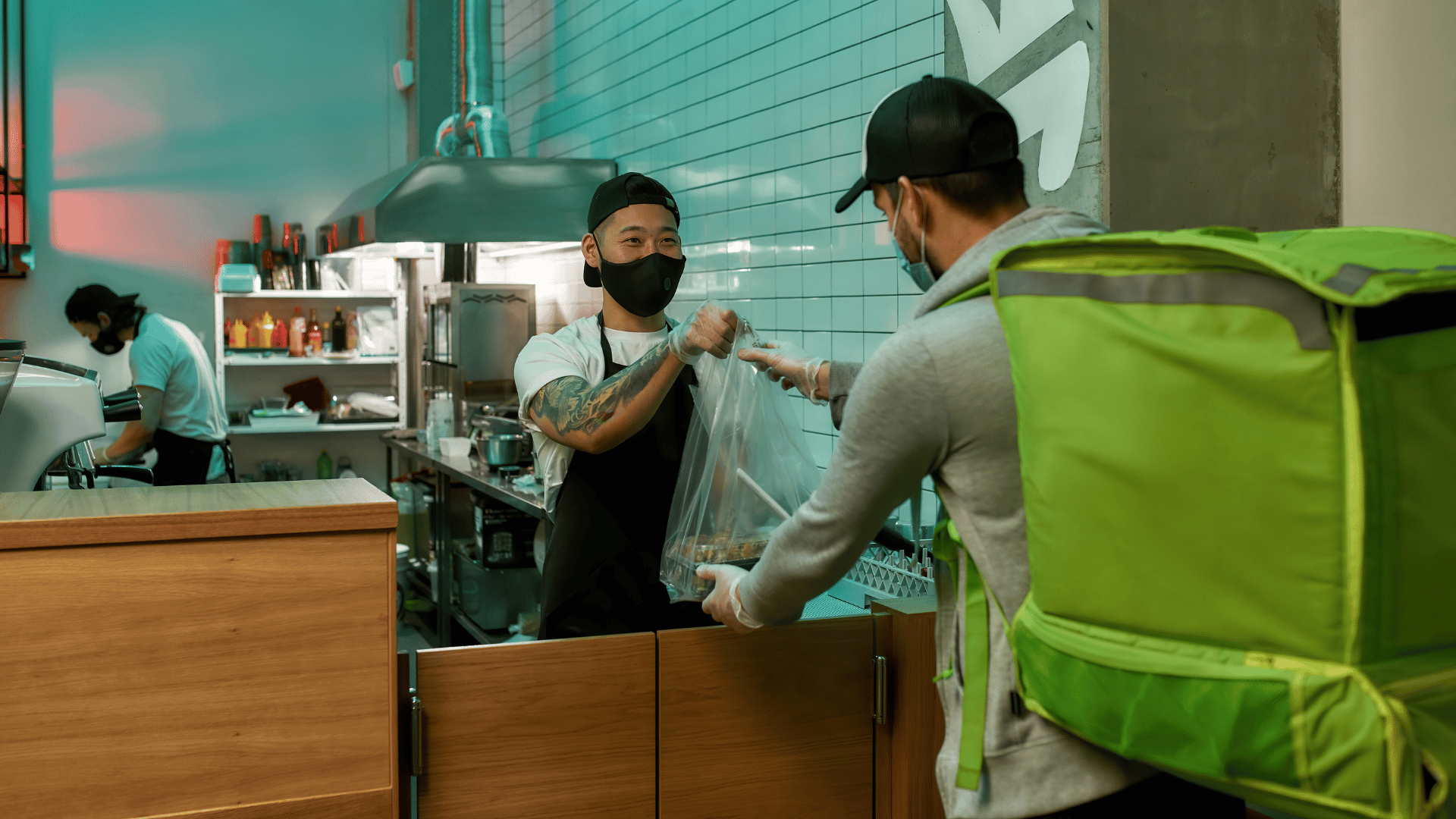The hospitality industry is no stranger to innovation, and the rise of dark kitchens is a testament to its ever-evolving nature. Dark kitchens, also known as ghost kitchens or virtual kitchens, have gained popularity in recent years. In this blog, we will explore the concept of dark kitchens and discuss the key steps involved in building one to transform your business.
Step 1:Understanding Dark Kitchens
Dark kitchens are essentially professional cooking spaces designed exclusively for delivery or takeaway orders, devoid of any dine-in facilities. They provide a cost-effective solution for restaurants and entrepreneurs to expand their reach and optimise their operations. By eliminating the need for a physical dining area, dark kitchens can reduce overhead costs while capitalising on the growing demand for food delivery services.
Step 2: Planning and Conceptualisation
Building a successful dark kitchen starts with careful planning and conceptualisation. Begin by defining your target audience, menu offerings, and delivery radius. Assess the local market and identify any gaps that your dark kitchen can fill. Consider partnering with popular food delivery platforms to increase visibility and streamline order management.
Step 3: Location and Infrastructure
Choosing the right location for your dark kitchen is crucial. Look for areas with high demand and proximity to your target customer base. Ensure the space meets necessary health and safety regulations, with adequate ventilation, plumbing, and utility connections. Optimise the layout to maximise efficiency and workflow, considering designated areas for food preparation, storage, packaging, and dispatch.
Step 4: Equipping the Kitchen
Equipping your dark kitchen requires careful consideration of your menu and anticipated order volumes. Invest in high-quality commercial-grade equipment suitable for the cuisine you offer, such as ovens, fryers, grills, and refrigeration units. Implement an efficient order management system, integrating with your chosen delivery partners for seamless operations. Emphasise automation and technology to enhance productivity and minimise errors.
Step 5: Staffing and Training
Hire a skilled and dedicated team capable of working in a fast-paced environment. Your staff should be proficient in the specific tasks associated with dark kitchen operations, such as food preparation, cooking, and packaging. Provide comprehensive training to ensure consistency and quality across all orders. Emphasise the importance of hygiene, food safety, and following standardised recipes to maintain customer satisfaction.
Dark kitchens present an exciting opportunity for businesses in the hospitality industry to adapt to changing consumer preferences and capitalise on the growing food delivery market. By carefully planning, strategising, and implementing the steps outlined in this blog, you can build a successful dark kitchen that revolutionises your business and meets the demands of the digital age.
Further resources: INSTALLING EPOS AT THE BIGGEST-EVER UK BREWDOG – IT’S CRAFT BEER JOY!
Discover the restaurant management technology toolkit you need to succeed:
Get regular news updates on NFS clients and the hospitality industry: Follow us on LinkedIn















